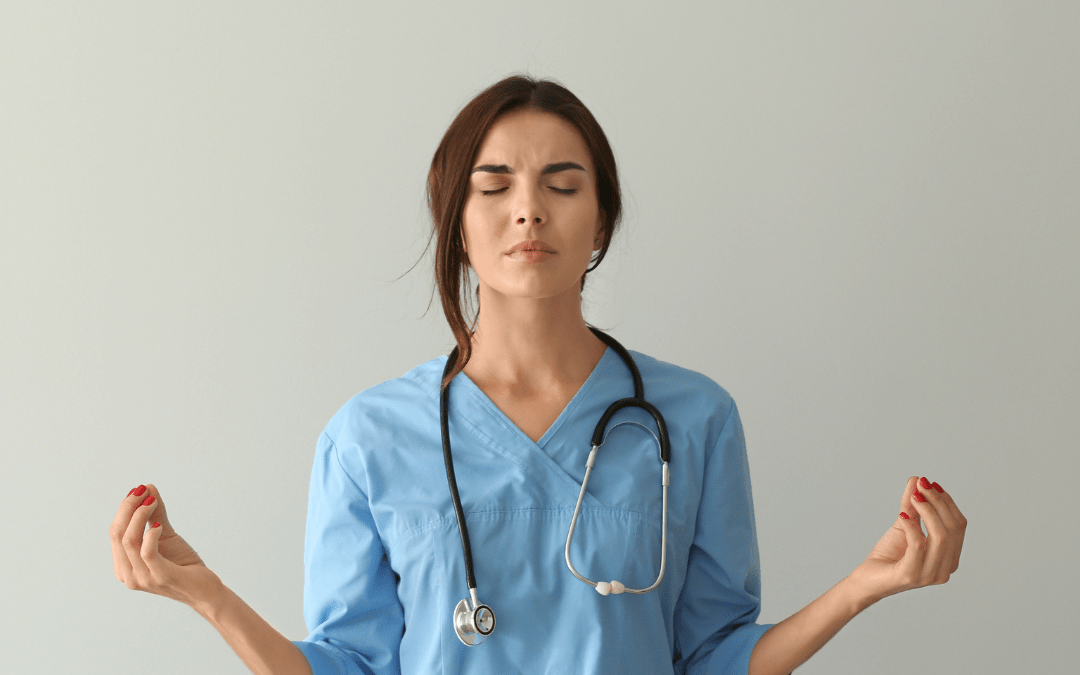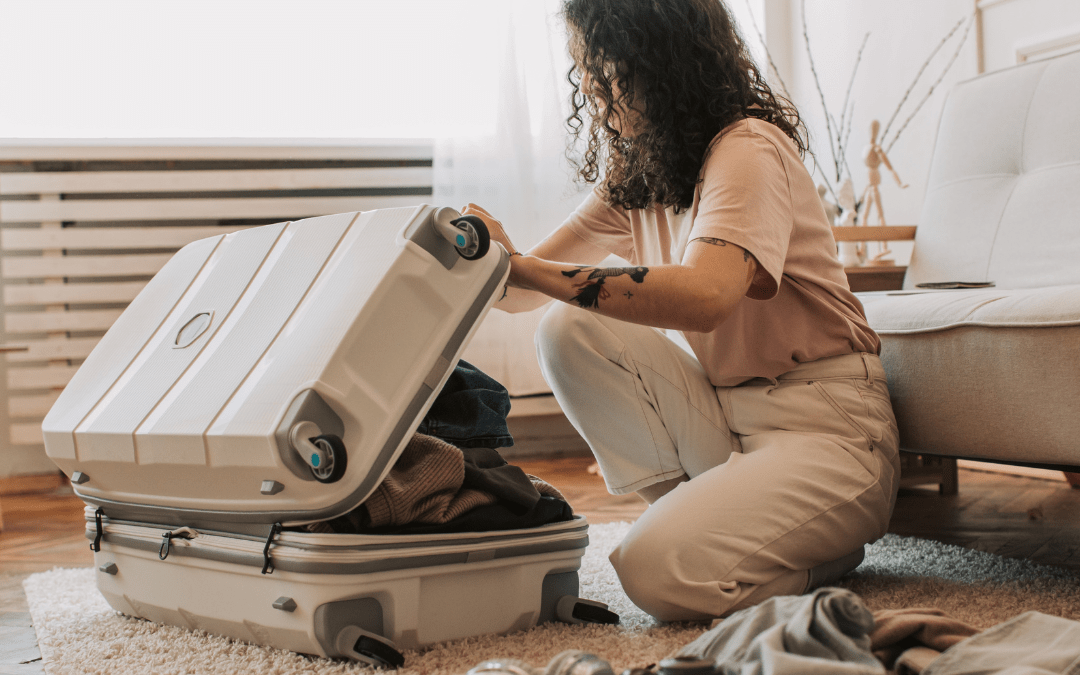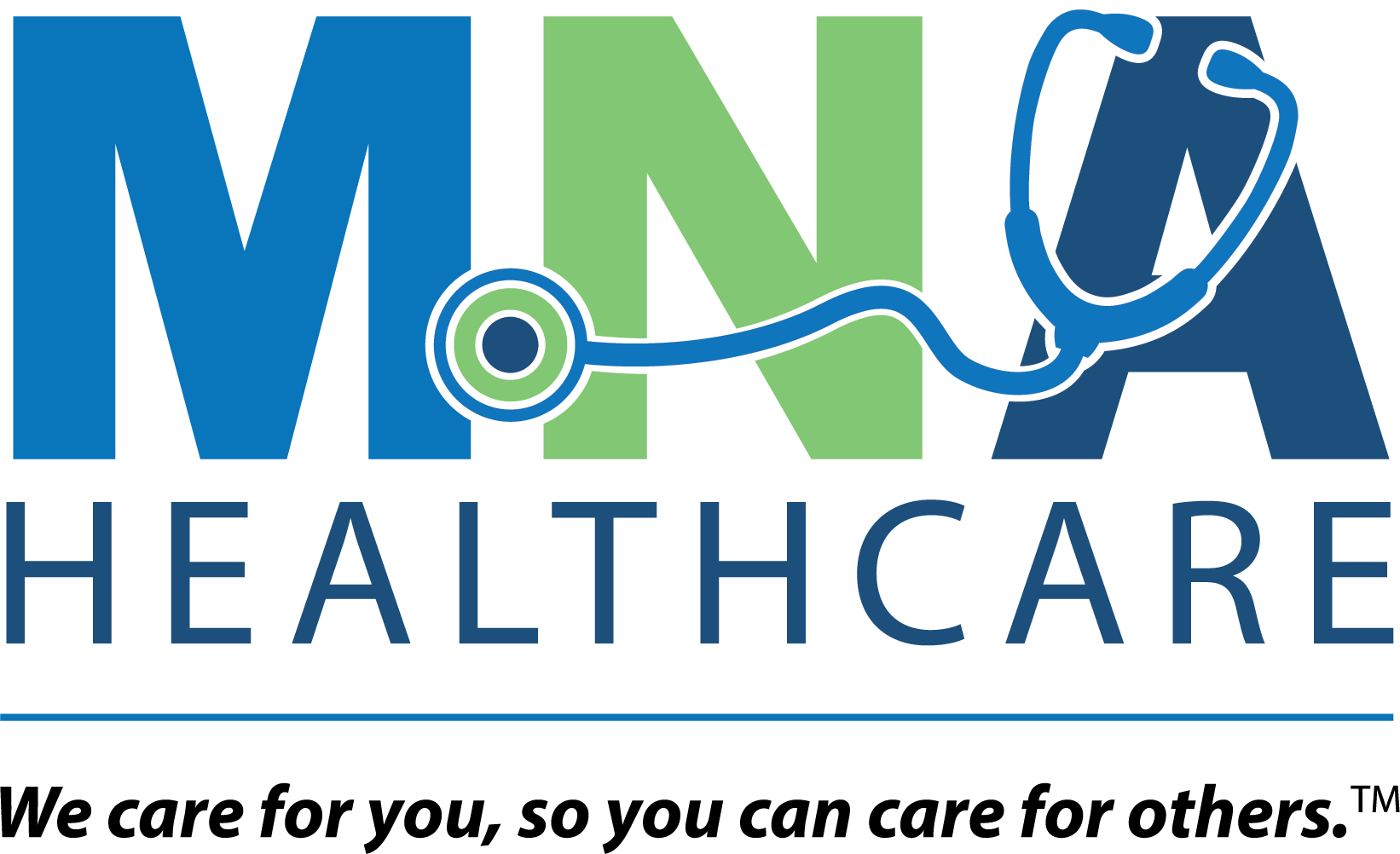
Apr 11, 2023 | Nursing Tips, Travel Nursing
Travel nursing is an exciting and rewarding career, but it can also be challenging due to the variety of balancing acts that come with the job. Here are some of the common challenges that travel nurses face – as well as some tips on how to overcome them: Frequent...

Apr 11, 2023 | Nursing Tips, Travel Nursing
Travel nursing can be an incredibly rewarding and fulfilling career, but it can also be an overwhelming experience if you’re unprepared. In this blog post, we’ll provide tips on how to prepare for a travel nursing assignment, so you can get the most out of this...

Apr 11, 2023 | Nursing Tips, Travel Nursing
If you’re looking for a rewarding career that provides the opportunity to explore new places, experience different cultures, and gain valuable experience in the nursing field, then travel nursing might be the perfect fit for you. In this blog post, we’ll discuss how...

Mar 20, 2023 | Travel Nursing, Uncategorized
Travel nurses are known for their willingness to go anywhere, anytime and be ready for any situation. But with that comes the need to be prepared for anything. The first thing a travel nurse should do is assess their skillset before beginning a journey. Travel nurses...







Recent Comments